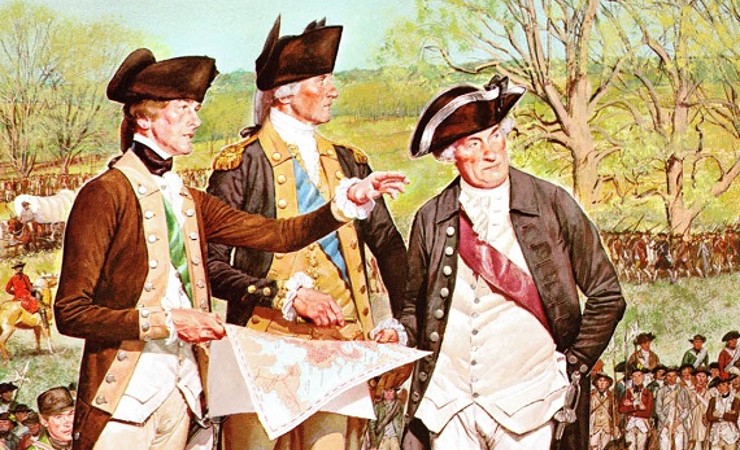Looking Inside Military Generals’ Charisma: The Workings of Top-Leaders’ Squires

Michael Sang shares his motivation behind the paper “Bureaucratic squires: A critical analysis of the construction of charismatic top-leaders,” co-written with Oren Golan (both from the University of Haifa, Israel), in the journal Leadership. The paper discusses the squire, a distinct type of follower, and agent in its own right, that operates in today’s epicenters of power.
My last 10 years of service in the military surrounded generals’ offices. As an experienced management consultant in the Israeli Defense Force, I was in awe of the tremendous responsibility generals carry, the immense power they wield, and the vast workload they manage. But the longer I stayed in their sphere, the more unsettled I became with their personal assistants (PAs). These vibrant young officers, ranked major, tended to their leaders’ daily schedule and agenda, while becoming a buffer between the generals and their subordinates. It initially seemed to me that they made my job as a generals’ consultant more complicated since I usually relied on creating a close trust-based relationship with my consultees, something which was almost unattainable considering the PAs’ omnipresence.

As I launched my Ph.D. studies in social anthropology, the renowned leadership scholar, professor Boas Shamir, advised that I investigate PAs as potential charisma constructors. That made perfect sense to me, since generals’ authority (as with other top-leadership figures) is constantly challenged by their peers and followers, who are experienced and highly-ranked themselves. Despite their official marginality, I realized that PAs might actually be part of a mechanism of power. Together with my colleague, Oren Golan, we set a qualitative study based on ethnographic research that took place within the headquarters, along with semi-structured interviews conducted with generals, senior officers, and PAs.
Following their daily tasks and interactions, we found that PAs constantly maintain distance between their superiors and other officers at the headquarters, aimed at elevating their charismatic appeal. Their intricate modus operandi utilized formal and informal interactions with the generals’ subordinates. It was found that PAs do so by two primary strategies: daily aggrandizing rituals and wrapping. Daily rituals that occur in general’s meetings and visitations enhance the leader’s aura as the embodiment of authority. Wrapping is diverse acts in which squires broker the leaders’ environment and access to followers, thus allowing leaders to focus on their agenda, while elevating their perceived status.
These findings shed light on the inner workings of centers of power, in which maintaining alignment while lowering opposition is a main focus of top leaders. It also adds to the developing literature on squires (Weber & Moore, 2014), which constitute a distinct type of followers that act as facilitators of charisma on behalf of their leaders, assuming diverse mediating roles between leaders and their followers. Other than PAs, squires may act in diverse organizational roles, such as deputies, chiefs-of-staff, secretaries, and spokespersons. We hope that the article may provide an outlook for breaching the leader-follower dichotomy, by presenting a third type of actors to the stage and articulating their practices.



























































































